If you want to ensure the health of your loved ones, whether they’re an elderly parent with a heart condition or a child or infant, it helps to know how to do cardiopulmonary resuscitation as well as understand how to administer first aid.
You should also know these life-saving protocols to be of value in case of an emergency. Whether you need to use this knowledge at work, in a public area, or at home, you will never regret learning how to give CPR or how to apply first aid.
Where You Can Find Out More Details about CPR and First Aid
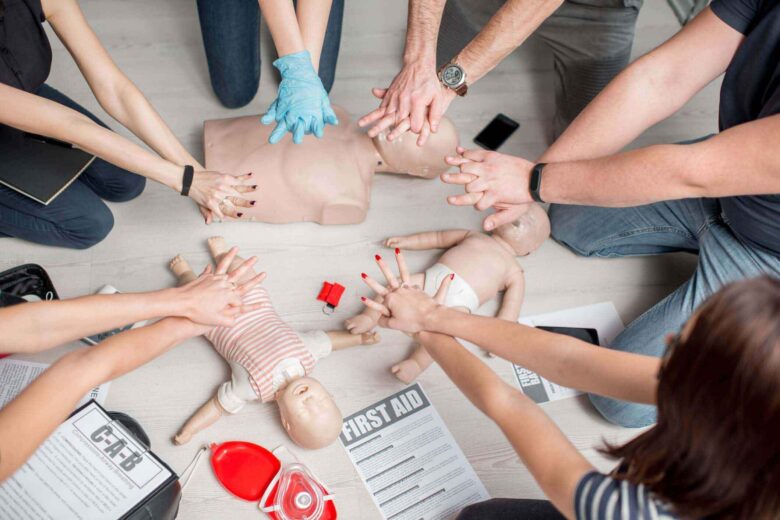
You may be wondering, at this point, what exactly you’ll be taught when you take a cardiopulmonary class in combination with first aid training. You can learn more about the coursework online and the following information will give your further details as well.
Gaining a knowledge of cardiopulmonary resuscitation, the use of an automated external defibrillator (AED), and applying first aid can keep you calm in the midst of an emergency. Having this training will enhance your understanding of basic life support (BLS) and the various processes you need to know to help people during a life-threatening event.
Assessing the Situation to Give Basic First Aid

If you’re learning first aid, you’ll learn how to assess someone, depending on what they’ve just experienced. For example, you may be helping a smoke victim by treating their injuries or burns and checking their respiration.
Therefore, first aid coursework teaches you how to review a situation and the injuries of a victim so you can give the best aid possible. In most emergency situations, administering first aid includes taking a person’s vitals, treating wounds properly, and removing the victim from a hazardous area.
When CPR is Applied During Emergencies
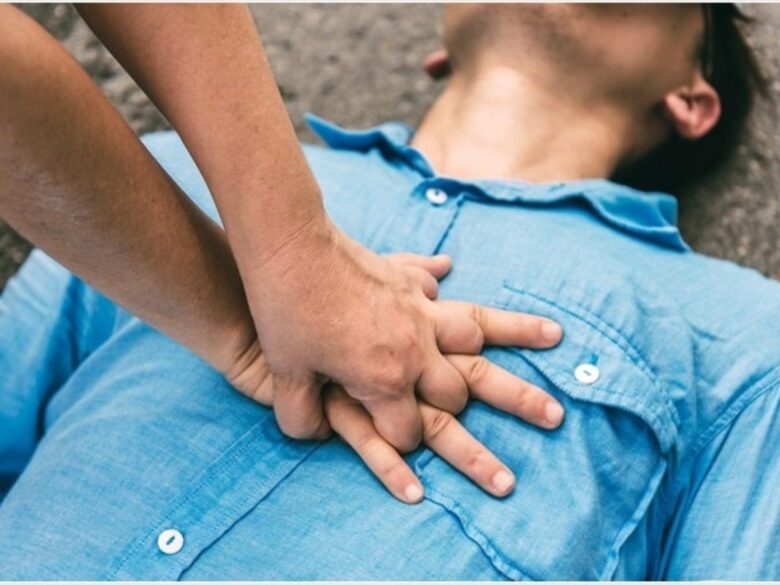
Cardiopulmonary resuscitation or CPR is a skill used to treat someone who is experiencing cardiac arrest. When this happens, the victim’s heart stops pumping oxygen-enriched blood. If they are not given chest compressions and/or rescue breaths, they will die.
CPR is usually combined with AED training, as CPR itself is used as a temporary measure until responders arrive. AED shocks the heart so it resumes pumping. Anyone who receives this type of help stands a much better chance of surviving. Therefore, taking the time to learn about how to administer CPR and how to operate an AED can be invaluable. When you know first aid as well, you can glean even a better understanding of how to proceed during a rescue attempt or a dire emergency.
Not only does CPR training cover help for adults, it also gives you a firm grounding in what to do when giving CPR to a child or an infant, You’ll also learn how to manage situations where a victim is choking or drowning.
One of the main things you’ll learn during your first-aid coursework is how to control bleeding. You’ll also know how to assess and treat injuries to the arms and legs and what to do in case someone sustains a neck, head, or back injury.
People who take part in first aid classes learn to evaluate an altered mental state as well as what to do if a person is having problems with their respiration. You’ll learn about how to respond to chest pain and the best steps to take if a person has been exposed to something toxic or is experiencing heat stroke or hypothermia.
Giving CPR: The Protocol

One of the important protocols to learn about during life-saving coursework is the exact steps to take when administering CPR. Remember, you cannot give CPR if a person is, for instance, having a heart attack.
Some people mistake a heart attack for cardiac arrest, but the two are not the same. You should only give CPR if the person has passed out and is not breathing. If they are conscious but are having chest pains, you need to stay with them until emergency help arrives, as giving them CPR is not necessary.
Time is of the essence when giving CPR, so you need to have someone call 911, if they have a phone and are nearby. That way, you can focus on helping the victim of a sudden cardiac arrest (SCA).
CPR Steps: What to Do
Your CPR course will teach you to do the following:
1. Check the area and the victim
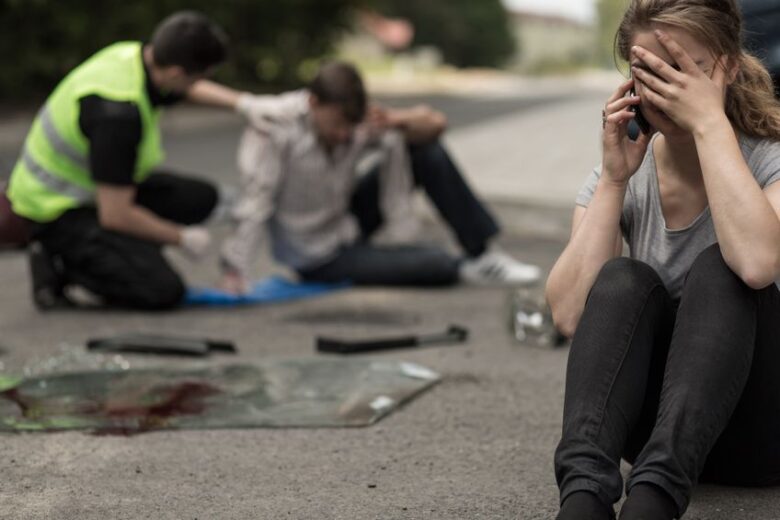
Before you start CPR, you must make sure everything is safe. Next, tap the victim’s shoulder and ask loudly, “Are you okay?” You want to make sure the person does, indeed, require help.
2. If you’ve already called 911 for assistance, you also want to get someone, if possible, to check for an AED
If you cannot get anyone to check and see if there is an AED, stay with the victim and begin CPR
3. Open up the victim’s airway
Your course in CPR will teach you the correct way to tilt the patient’s head and open up the airway to begin CPR. The person should be lying on his or her back with the chin slightly lifted – the head tilted slightly back.
4. Check for Breathing
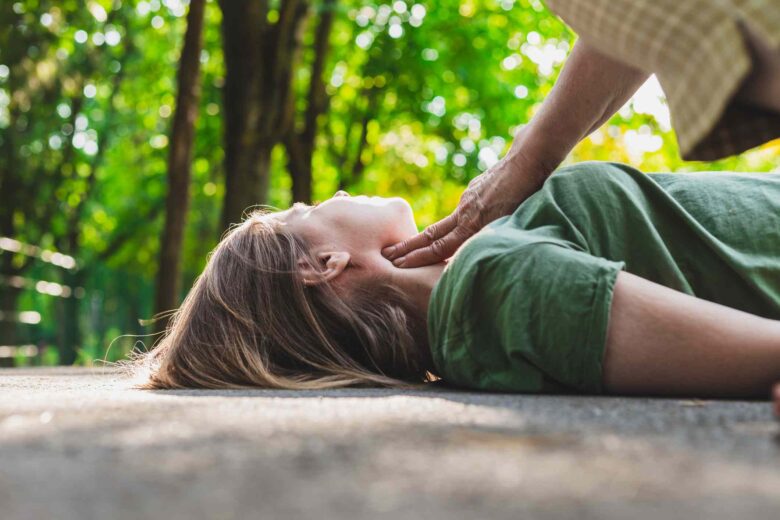
You don’t want to spend more than 10 seconds to check for breathing. If you only hear gasping sounds, that is not respiration and you need to begin CPR.
5. Start the chest compressions
The correct way to start chest compression is to place your hands–one on top of the next–in the center of the victim’s chest. Follow by pushing down hard and quickly. You should use your body weight while giving the compressions – a least 2 inches deep, applying 100 compressions per minute. (Think of a song, such as “Staying Alive” by the Bee Gees, while you are giving the compressions. This melody has about the same beat.)
Giving Rescue Breaths
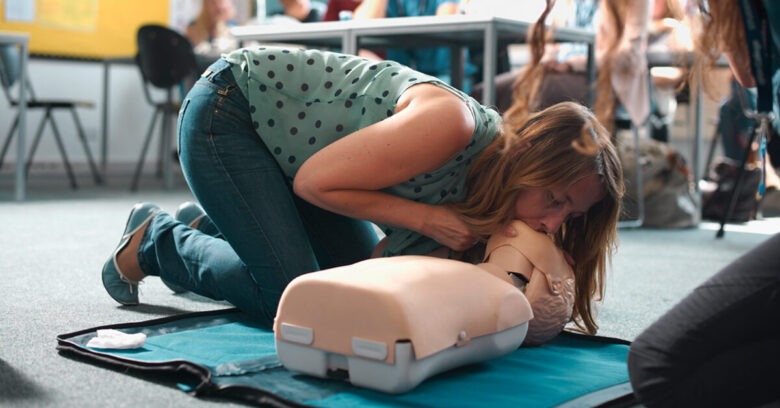
You may either learn to deliver rescue breaths along with the compressions or only give chest compressions. While the Red Cross advises the use of rescue breaths, the American Heart Association (AHA) supports the use of manual compressions without rescue breaths.
Continue CPR until an AED machine is made available, the first responders arrive and take over the activity, or the person begins breathing. CPR should be discontinued if you become totally exhausted or the area becomes unsafe.
Start Your CPR/AED and First Aid Training Today
There’s a lot of valuable lessons to learn when taking CPR/AED training and a First Aid course. The more you know about both processes, the more help you can give when an emergency presents itself.


